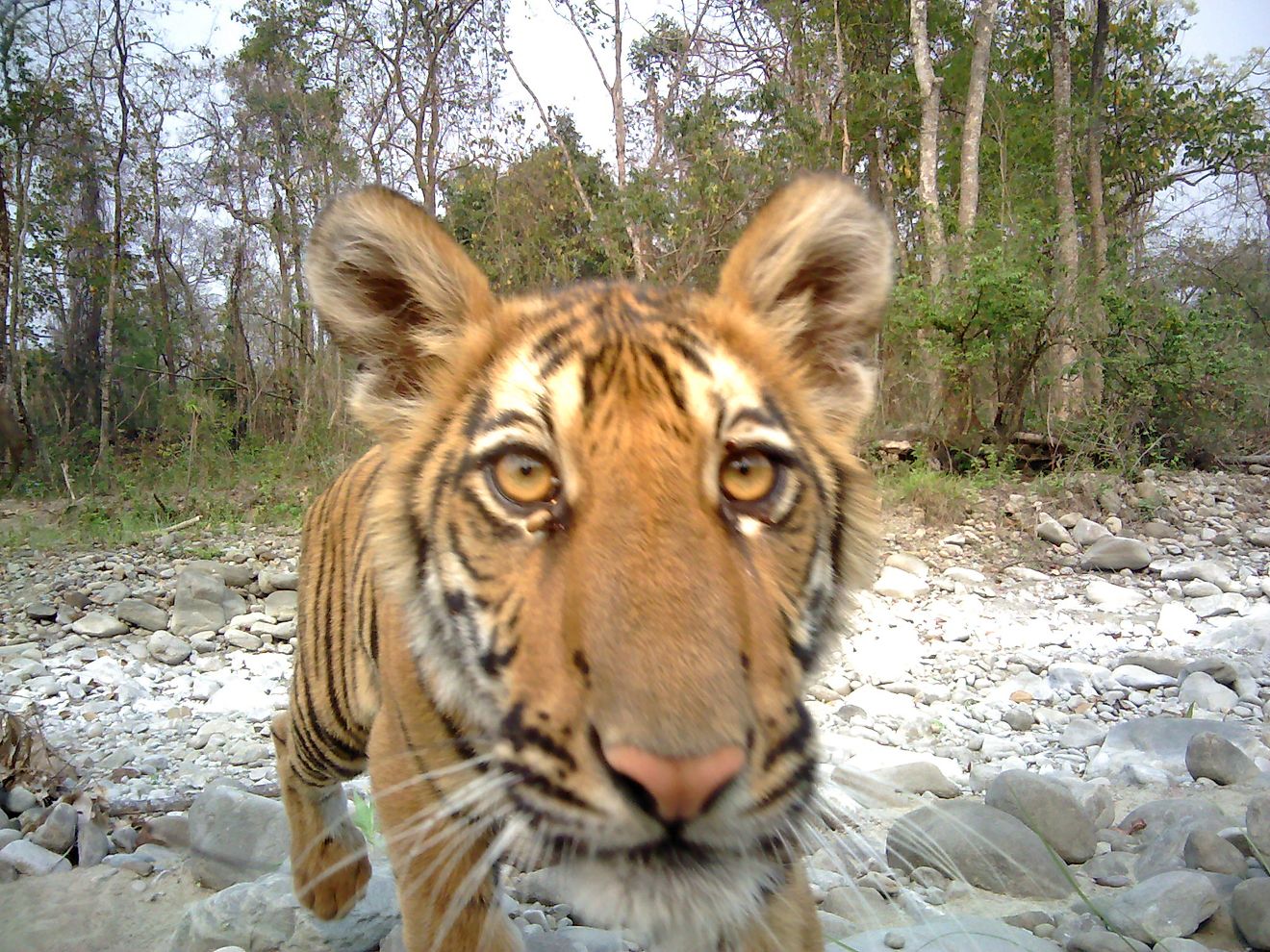What is Jade?

5. Description
The Jade gemstone is most popular due to its vibrant green color. Jade rock is a combination of both Jadeite and Nephrite, however it is Jadeite that is most widely recognized as it is the rock which contains the elusive color, while Nephrite Jade is a more opaque crystal. Jade is a very durable material, placing at 6.5-7 on the Mohs scale of hardness.
4. Location
Jade is a very widespread stone that ranges in many countries depending on whether it is a Nephrite or Jadeite deposit. Nephrite is more common between China, New Zealand, Russia, and the Swiss Alps. However, the more dark, vibrant, green Jadeite gemstones are found mainly in North America and specifically Western Canada. This being said, lighter shades of Jadeite are also found around China, Russia, and Guatemala. Jade is found in mountain deposits and mined through a process that is very similar to removing rock from quarry.
3. Formation
Jade forms similarly to other gemstones found on Earth. Starting from small cracks in the ground caused by earthquakes, Jade then fills those cracks from mineral-filled waters that are subsequently pushed through them. It is common for more rifts in the same surface to occur, which creates an even larger buildup of Jade and is also the reason for the rings seen when the rock is cut open.
2. Uses
When we commonly think of Jade we associate it solely with jewelry, as it is a popular gemstone and is even referred to as the “Dream Stone”. That being said, Jade was used for thousands of years for tools due to its durability, strength, and cutting ability. In recent years, Jade has been used for necklaces, bracelets, earrings and various beads. In some cultures it is also common for wedding rings to be embedded with Jade.
1. Production
Jade is mined through a hydraulic process. A diamond-tipped drill is used to break up the rock, then hydraulic spreaders are inserted into the openings and the jade is broken away. Burma, China and other southeast Asian countries are among the largest producers of the mineral. Jade is mined from those countries and sold at a rate of $80-$90 dollars USD for one gram of Jade. Depending on the translucency and rich green color, the gemstone can be sold for even more. In 1997 a jade necklace with 27 0.6-inch jadeite beads once sold for $9.3 million USD.











